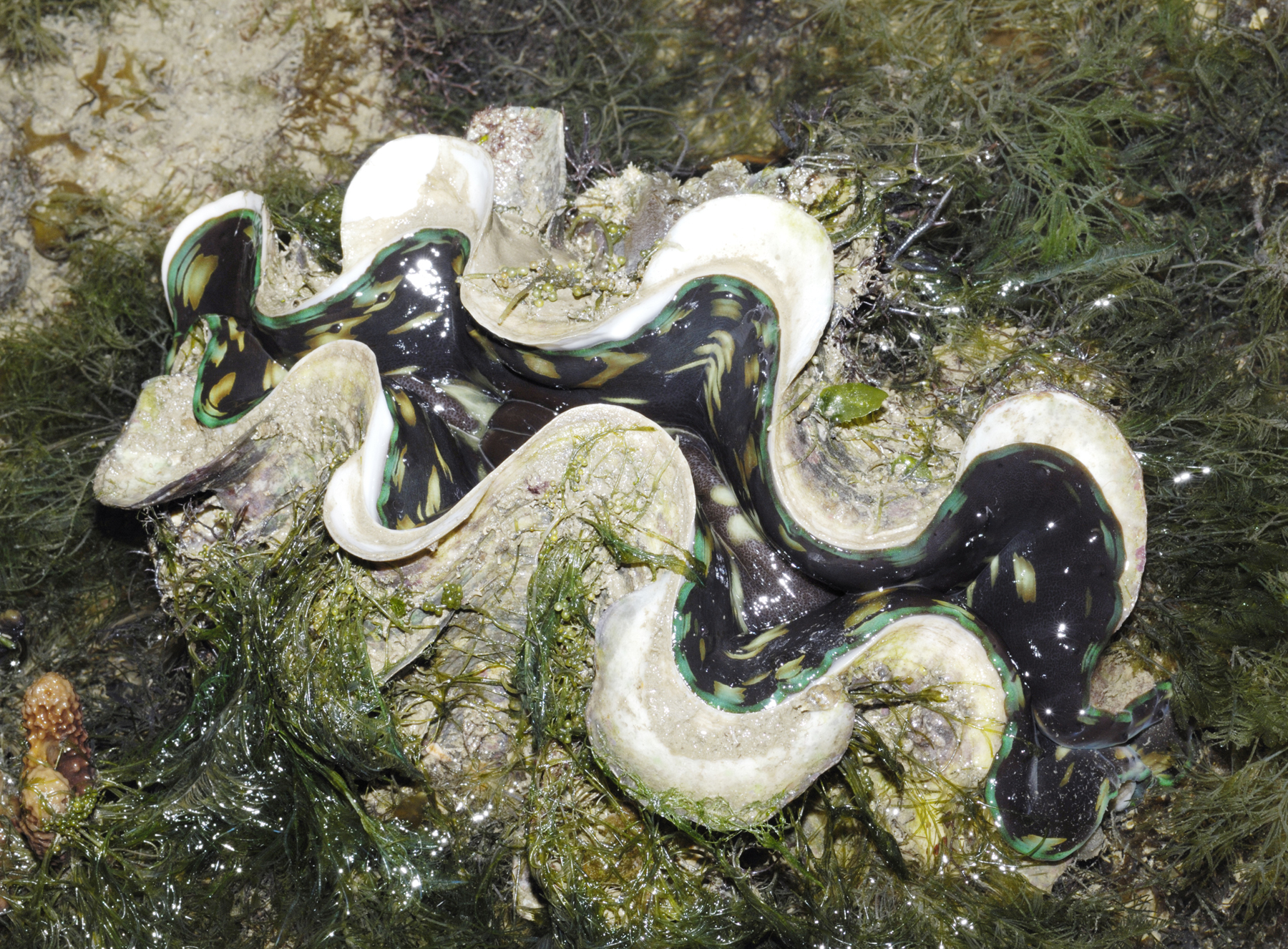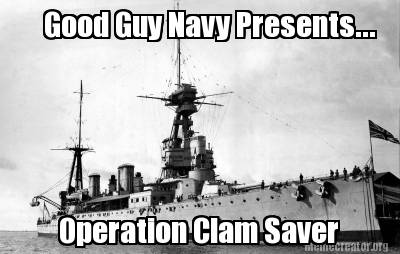For the past two months, I’ve been trying to answer one question:
Why am I trying to learn more about the Tridacna?
And then I figured it out.
“…the sea is an ever rejuvenating fountain of life. Unfortunately, today this well is threatened by pollution and destruction and, like the tropical rain forest, we will probably never be able to unravel all its secrets.
What brings on a laymen to devote his persistence, patience, and understanding to one sole group of animals; the giant clams? Most probably the same inquiring mind which drove the Old Greeks and Karl von Linné, or Charles Darwin. The giant clams with their fascinating colourful mantles would be on the brink of extinction without the endurance of the scientists who made it possible to propagate these mussels in captivity.
-Peter Wilkens, September 1994″
Wilkens is right. The Tridacna are a gift to the curious. I realized that without us curious ones the Tridacna could very easily fade away into extinction, not only in the wild, but also in the minds of the scientific community. If I don’t write about the Tridacna, and you stop reading about them, perhaps no one will. This project is my rare opportunity to fundamentally change the fate of the giant clams. It’s not that giant clams matter to us… it’s that we matter to them.

Other than existing in northern Australia and Thailand down to the South Pacific, these clams have essentially become extinct in nature, mainly because of over-harvesting and habitat degradation. The Convention on International Trade in Endangered Species of Wild Fauna and Flora (CITES) lists the Tridacna gigas as vulnerable. However, the situation is even worse than it initially appears.
Because reports of naturally occurring giant clams are rare, the only source of information available to CITES is trade reports, and this limits the ability of CITES to fully assess the condition of the giant clams. An assessment in 2005 in Singapore found that the condition of giant clams was much worse than reported by CITES, and that the CITES “classifications are outdated and may not accurately reflect the situation in individual countries.” Instead, what they actually found was that most of the Tridacna species were either critically endangered or practically extinct.
However, tremendous effort is being made to restore the Tridacna to their former glory. A paper in 2005 from Fangatou Atoll gave an estimate of approximately 23.65 million Tridacna maxima within an area of four square kilometers. That’s a whole lot of clams! There have also been many experiments that have tried to revive the giant clam population. For example, just this year the Leigh Marine Laboratory in New Zealand described a method to restock juvenile Tridacna maxima directly to the reefs, which will aid in the developing of more sustainable fishing policies. The Royal Australian Navy in 1992 rescued thousands of giant clams at risk of overcrowding from a breeding project at Orpheus Island to an unknown location in the Great Barrier Reef.
But most of us
1) are not the Australian Royal Navy.
2) and do not have 10 years of our life to dedicate to Tridacna restocking.
So what can we do?
1. Appreciate just how beautiful the Tridacna are. There truly are not that many organisms that are so silently exuberant in their coloration. Explore the beauty of the Tridacna at 500px.
2. Rejuvenate interest in the biology and ecology of the giant clam. Visit the Story of Size, and take a chance at all the organisms that we are studying. Really try to understand the message that we’re putting out, and try to share with others anything interesting you learn from us.
3. Participate as an active member of a group that cares about the conservation of giant clams. Let other people know that you appreciate the Tridacna and that you want to help rejuvenate interest in the giant clam. This is the most important part of the equation. You are the missing link.
Dr. Craig McClain gave his team of undergraduates a task this semester, and that was to spread the passion of marine organisms and to highlight their importance in our understanding of life. This is not an easy task. That’s because it takes a little more than five undergraduates typing out blog posts each week to change the future of the marine ecosystem. That’s where you come in.
Read more:
http://www.sciencedirect.com/science/article/pii/S0006320713000025#
http://rmbr.nus.edu.sg/nis/bulletin2013/2013nis125-133.pdf
http://connection.ebscohost.com/c/articles/9207202549/navy-rescue-as-clams-run-wild



